The best professional workstations for any budget
Modelling, rendering and number-crunching - these meaty machines will do it all
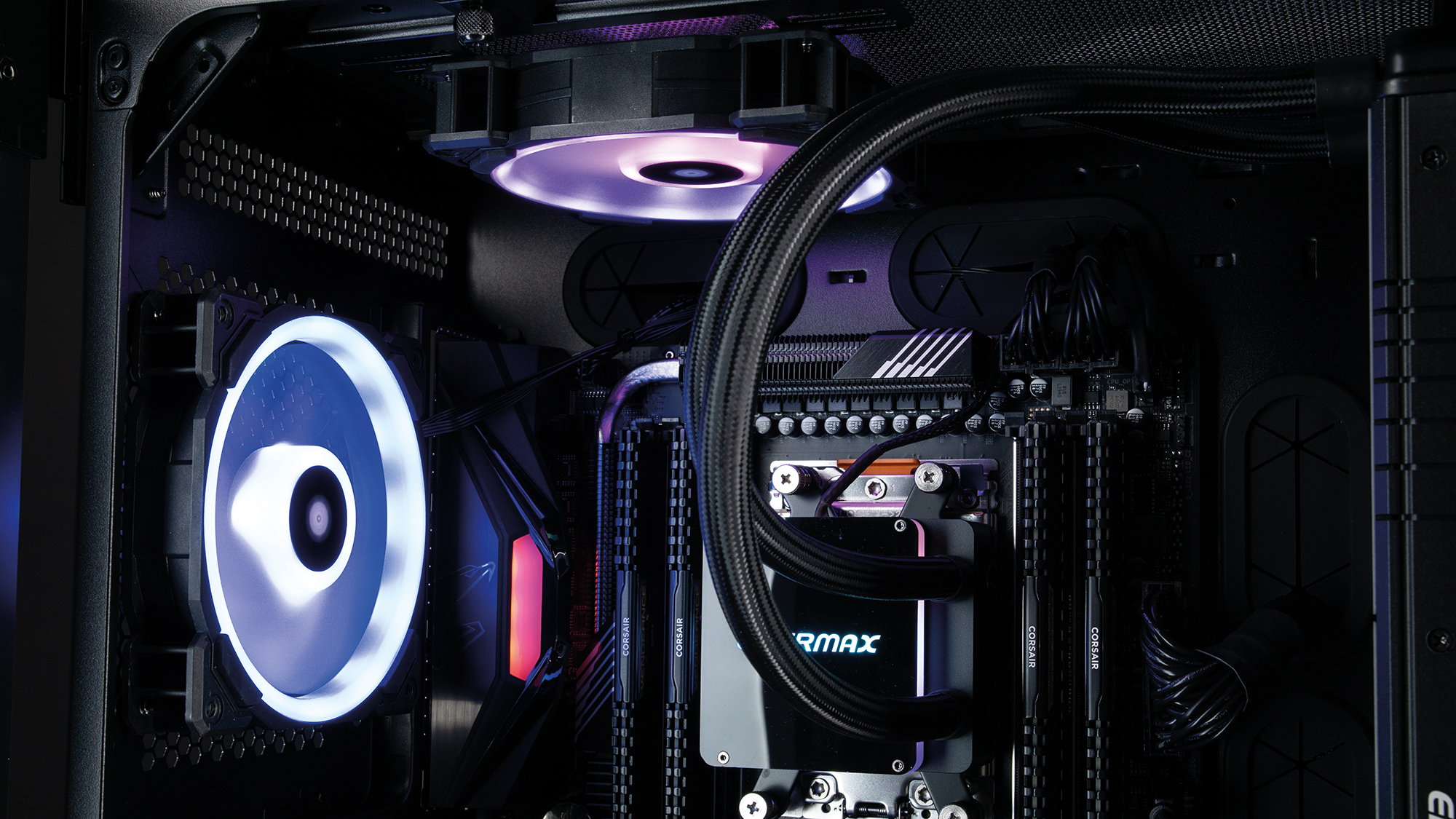

In this workstation roundup, we’ve split the contenders into two price brackets: £3,000 and £8,000 inc VAT. Previously, workstations in the lower price band have been dominated by the Intel Core i9, but it’s a sign of the times that in 2020, out of all of the machines in this class we’ve only seen one Intel CPU. It’s not hard to see why when you appreciate what the Scan 3XS GWP-ME Q132R can do.
Based around the top AMD Ryzen 9 3950X processor, you get 16 cores and 32 threads, which will storm through multithreaded CPU-intensive tasks. The top 4.7GHz Turbo mode will also make light work of anything single-threaded. Scan has partnered this potent processor with a generous 64GB of 3,600MHz DDR4 memory, taking advantage of the Ryzen 9’s official support for 3,200MHz RAM. As this 64GB helping is supplied in the form of two 32GB modules, there’s still room for upgrades if you need it.
Scan’s graphics acceleration of choice is no surprise at this price, consisting of the Nvidia Quadro RTX 4000. With 2,304 CUDA cores and 8GB of GDDR6 memory providing 416GB/sec of bandwidth, the RTX 4000 is the logical sub-£1,000 GPU for professional use.
Although we traditionally expect to see a combination of fast primary boot storage and a slower but larger secondary device, Scan opted to supply just one primary SSD with the Q132R. However, it’s the sizeable 2TB Corsair MP600 M.2 NVMe, which supports PCI Express 4 so can take full advantage of the AMD Ryzen 9 processor’s support for this faster connection type. With a sustained sequential read rate of 4,988MB/sec and writing at 4,276MB/sec, this is a hugely fast storage device and the 2TB capacity will be enough unless you venture into capacity-hungry applications such as video editing.
If you do want to add more storage, there’s an additional M.2 NVMe slot available, and the Fractal Design Define R6 USB-C chassis provides a quartet of 3.5in bays accessible from one of the side panels. There’s also a front 5.25in bay, should you need to install an optical drive or other removable storage device. We’re not convinced by glass panels on workstations, but the R6 does this tastefully, and this chassis also provides a USB-C port on the top.
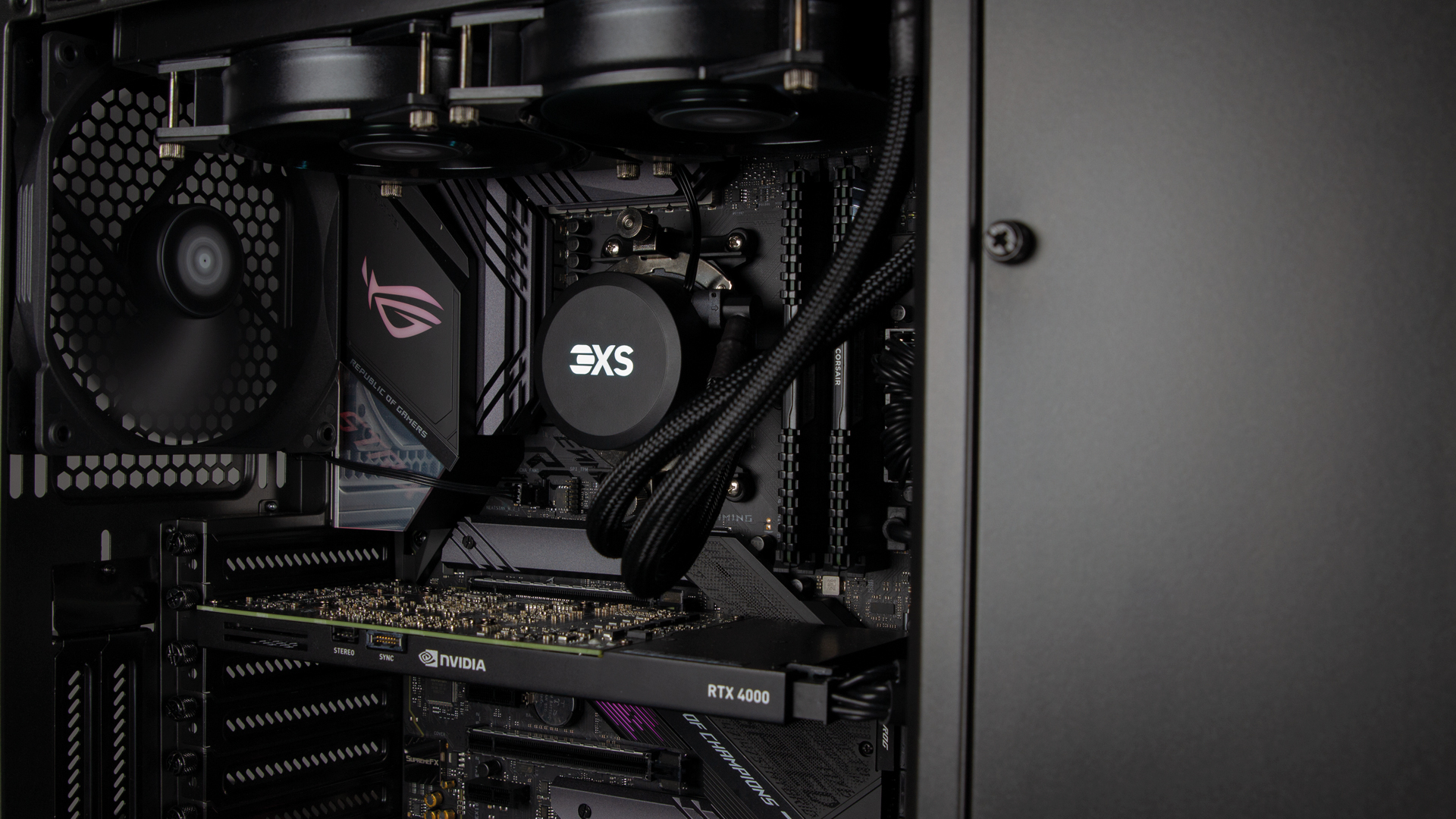
We tested this with a PCI Express 4 external storage device, and found it delivered 1,023MB/sec reading with 952MB/sec writing – much faster than an internal SATA/600 connection. The Asus RoG Strix X570-E motherboard also includes 2.5Gbit Ethernet as well as regular Gigabit, so you’re well served for network connectivity.
The Scan’s overall benchmark score of 503 fell behind the InterPro and Chillblast, although its image-editing score was the best at 217. Video encoding proved a slight weakness, and it was one of the slower systems in Adobe Media Encoder 2020 CC. It again fell a fraction behind rival Ryzen 9 systems in Cinebench R20, while the Blender Gooseberry frame took 645 seconds to appear; Chillblast and InterPro were again faster here.
However, the Q132R was the fastest in most of the SPECviewperf 13 3D modelling viewsets at this price, with a particularly commendable 351 in snx-03, showing strong ability when doing engineering design with Siemens NX. Overall, this swings things back into Scan’s favour. We also appreciate that most people won’t want to rush to upgrade the main storage or main memory, so having 2TB of the former and 64GB of the latter provide future-proofing out of the box. Add in 2.5Gbit Ethernet and you have a system that beats the Ryzen 9 competition on features, rather than brute performance.
Although we suspect everyone reading this roundup will be lusting for a workstation based around the Threadripper 3970X, if you’re on a more limited budget then the Ryzen 9 3950X offers a superb balance of performance for a much keener price. Scan’s 3XS GWP-ME Q132R may not be the fastest in every area, but the well-considered specification makes it our pick for the best all-rounder.
Scan 3XS GWP-ME Q132R specifications
| Processor | 3.5GHz AMD Ryzen 9 3950X |
| Motherboard | Asus RoG Strix X570-E |
| Expansion slots | 4 x RAM slots (2 free), 3 x PCIe x16 (2 free), 2 x PCIe x1 (3 free), 2 x M.2 (1 free), 8 x SATA 600 (6 free) |
| RAM | 64GB DDR4, 3,600MHz |
| GPU | PNY Quadro RTX 4000, 8GB GDDR6 |
| Outputs | 3 x DisplayPort 1.4, USB-C VirtualLink |
| SSD | Corsair MP600 2TB NVMe M.2 PCI Express 4.0 |
| Secondary drives | N/A N/A N/A, N/A N/A |
| Optical drives | N/A |
| Dimensions (WDH) | Fractal Design Define R6 USB-C (233 x 543 x 465mm) |
| PSU make and model (power output) | Corsair RMX650 80PLUS Gold (650W) |
| CPU cooler | 3XS 240mm watercooler |
| Rear ports | 2.5 Gigabit Ethernet, Gigabit Ethernet, 5 x 3.5mm audio jack, optical S/PDIF, 7 x USB 3.2 Gen 2 (Type-A), USB 3.2 Gen 2 (Type-C), DisplayPort, HDMI, Wi-Fi 6 aerial headers |
| Front/top ports | 3.5mm audio jack, 3.5mm microphone jack, 2 x USB 3, 2 x USB 2, USB 3.2 Gen 2 (Type-C) |
| Operating system | Windows 10 Pro 64-bit |
| Warranty (parts & labour unless stated) | 3yr (1yr on-site, 2yr RTB) |
Get the ITPro daily newsletter
Sign up today and you will receive a free copy of our Future Focus 2025 report - the leading guidance on AI, cybersecurity and other IT challenges as per 700+ senior executives
Dr James Morris has worked as a technology journalist for over 25 years, including spending nine years on the staff of market-leading computer magazine PC Pro, the last five of which were as the publication’s editor. He specialises in enterprise-grade software and hardware, with a particular focus on content creation. He launched a pioneering video channel for HEXUS.net in 2006 and ran the video reviews channel for TrustedReviews.com for four years. He also runs a successful online digital content and commercial video production company, t-zero communications Ltd.
Dr Morris is a prolific technology writer and contributes commercial content for major IT brands including AMD, BlackBerry, Dell, Cognizant, HP, and IBM. He published a book on artificial intelligence, Can Computers Create Art? in 2009. He is also an academic, and is currently Pathway Director of the MA, Interactive Journalism at City, University of London.
Previously, he was course leader for the BA in Web Media Production at Ravensbourne University. He has a PhD in Philosophy, Art and Social Thought from the European Graduate School in Switzerland, a Master's in Media Arts from the New School in New York, USA, and a Bachelor's in Social Anthropology from the London School of Economics.
Dr. Morris can be found on Twitter at @Cyberwest, or emailed at j@tzero.co.uk
-
 Should AI PCs be part of your next hardware refresh?
Should AI PCs be part of your next hardware refresh?AI PCs are fast becoming a business staple and a surefire way to future-proof your business
By Bobby Hellard
-
 Westcon-Comstor and Vectra AI launch brace of new channel initiatives
Westcon-Comstor and Vectra AI launch brace of new channel initiativesNews Westcon-Comstor and Vectra AI have announced the launch of two new channel growth initiatives focused on the managed security service provider (MSSP) space and AWS Marketplace.
By Daniel Todd
-
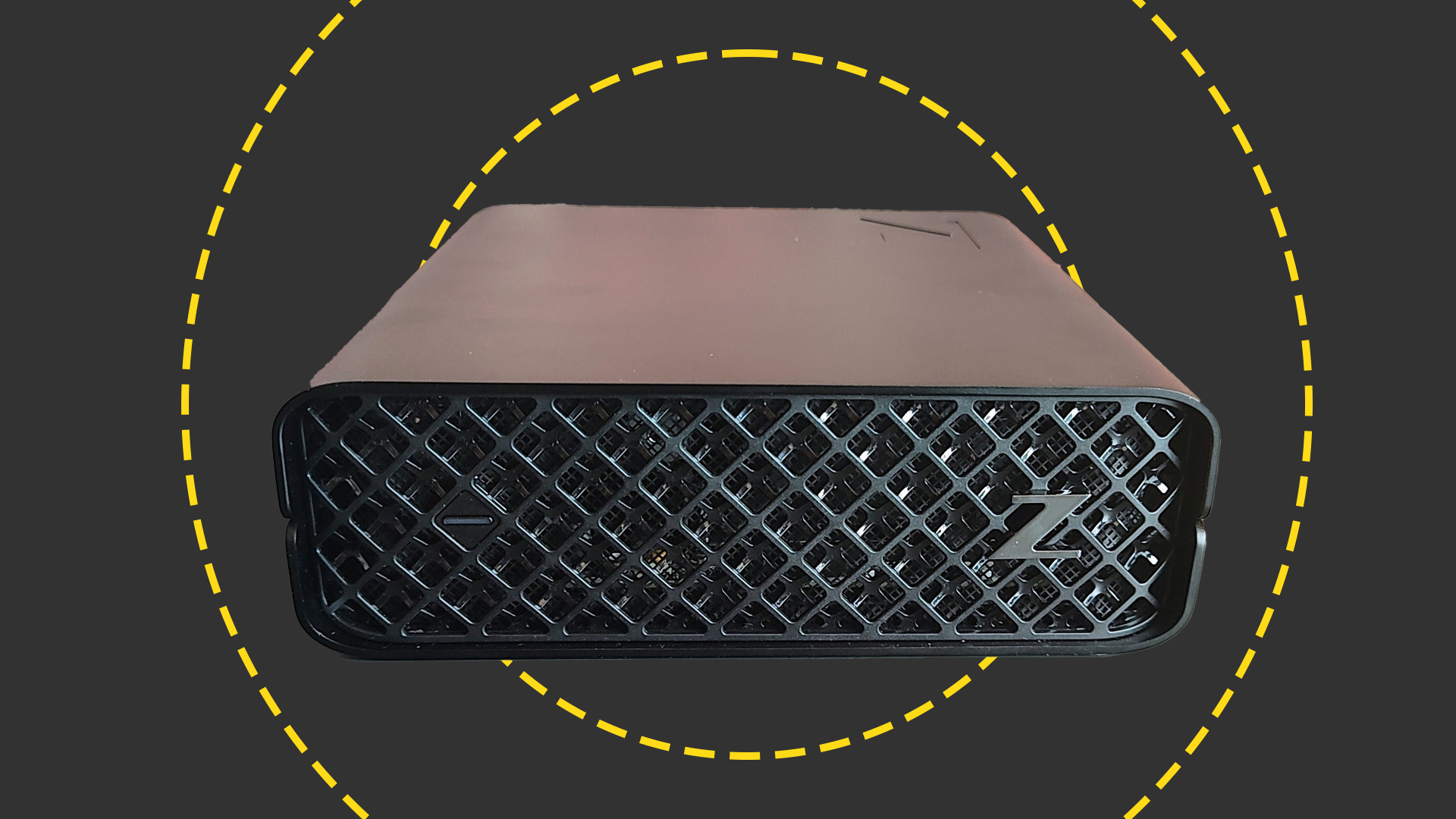 HP Z2 Mini G9 Workstation review: A reasonably potent but very compact workstation
HP Z2 Mini G9 Workstation review: A reasonably potent but very compact workstationReviews A masterclass in fitting a whole pint of PC into a half-pint container
By Alun Taylor
-
Take your workforce to the next level with an HP Workstation
Sponsored If you're looking to boost your enterprise computing power, HP Workstations could be the ideal choice.
By ITPro
-
 Windows admins complain of Dell “bloatware” filling 95% of hard drives
Windows admins complain of Dell “bloatware” filling 95% of hard drivesNews Dell SupportAssist Remediation was blamed for disk allocation issues
By Rory Bathgate
-
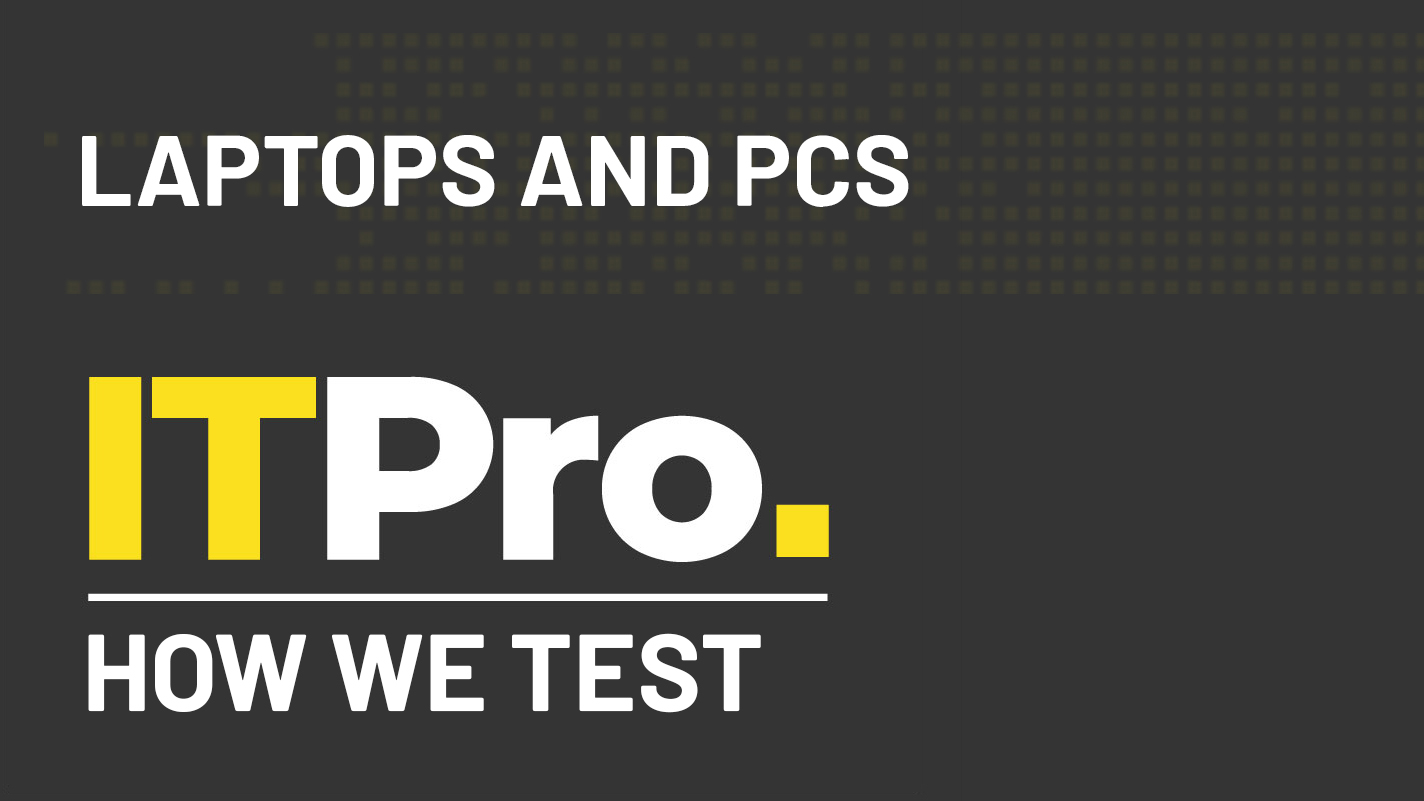 How we test laptops and PCs
How we test laptops and PCsReviews Everything you need to know about our reviews and benchmarking process for computing hardware
By IT Pro
-
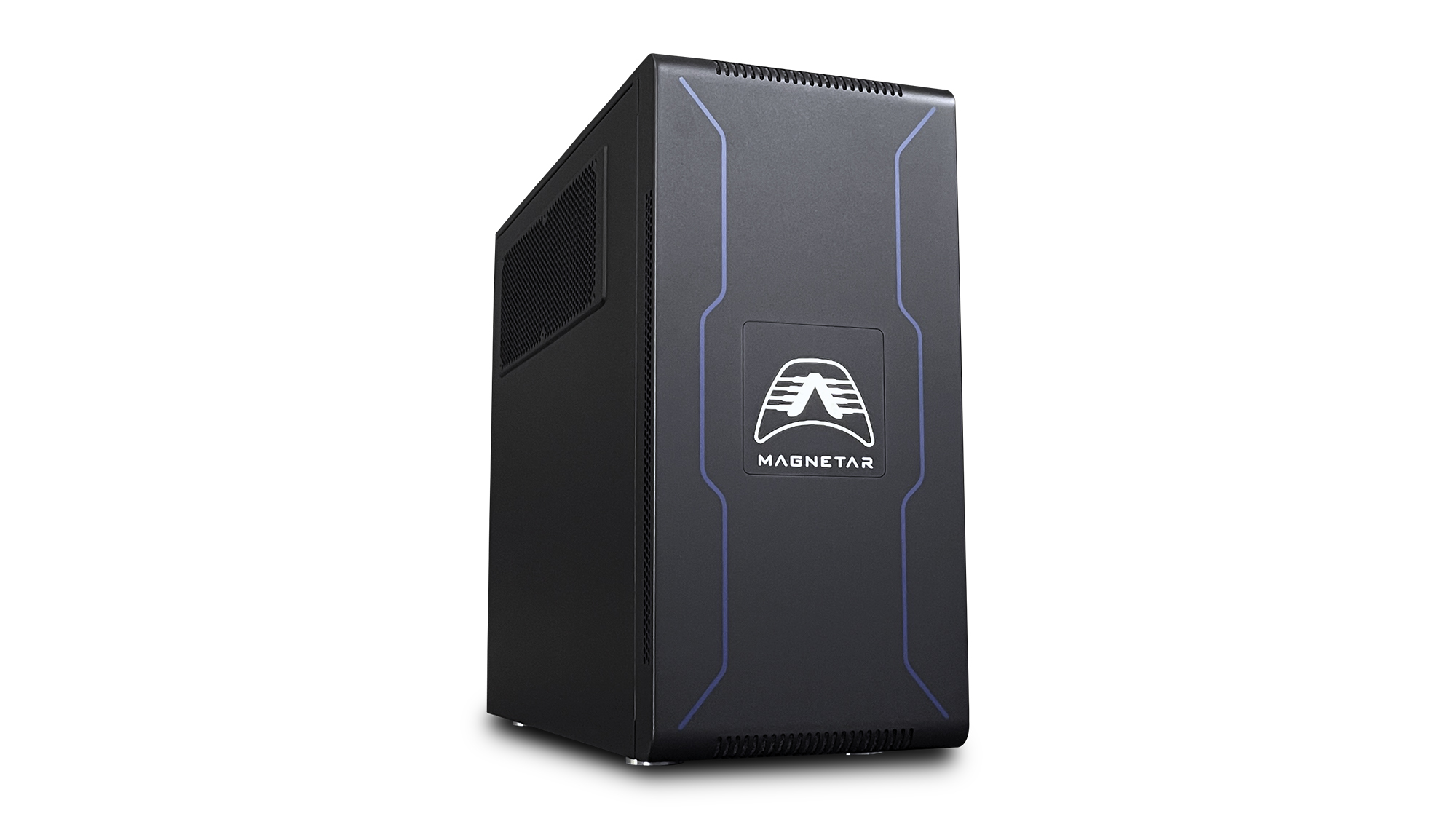
 Armari Magnetar M64TP-RW2000G3 review: Don’t call it a comeback
Armari Magnetar M64TP-RW2000G3 review: Don’t call it a comebackReviews The Threadripper Pro arrives just in time to retain AMD’s crown as king of workstation processors
By James Morris
-
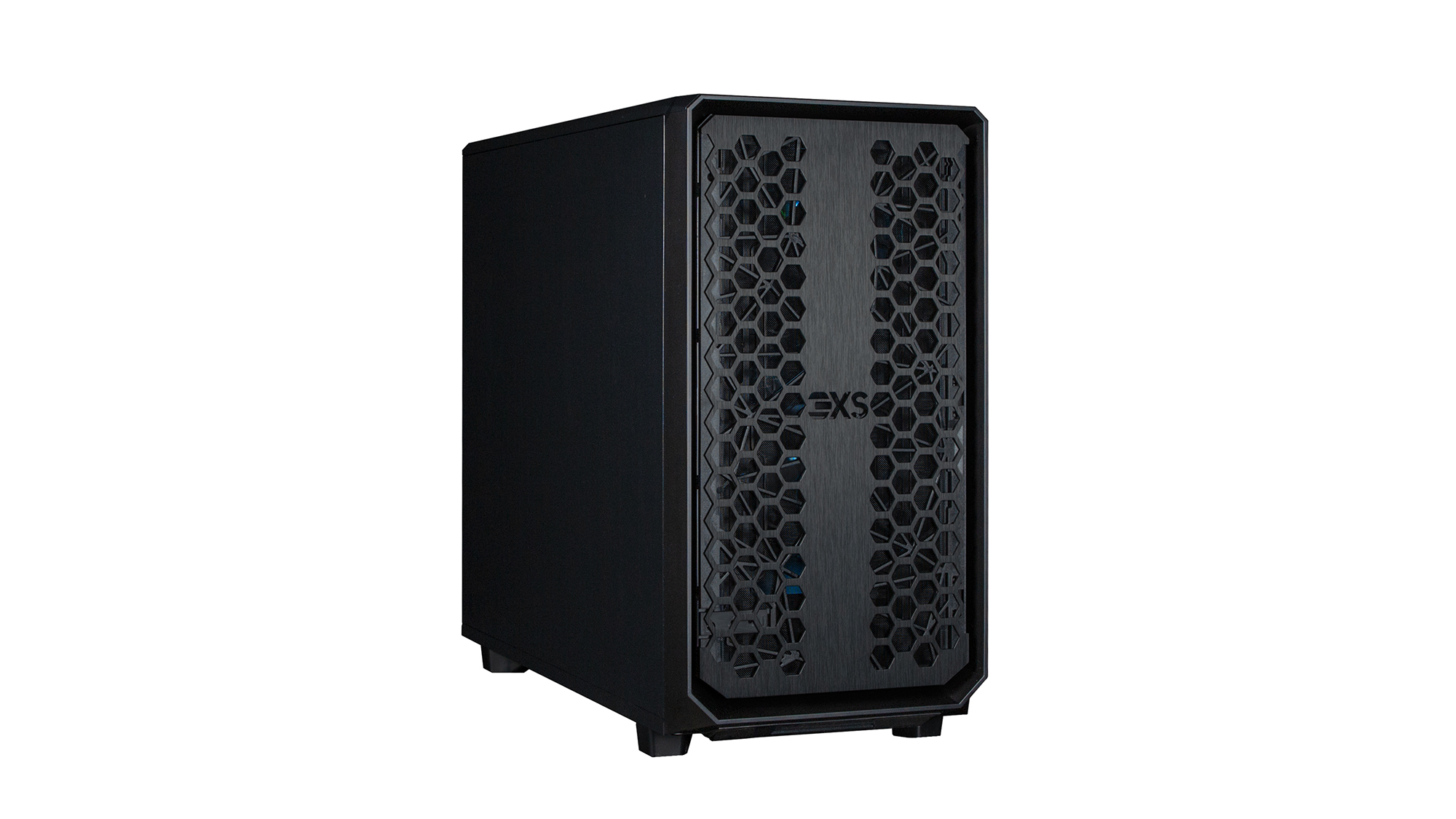
 Scan 3XS GWP-ME A124C review: An Intel-powered workhorse that holds its own
Scan 3XS GWP-ME A124C review: An Intel-powered workhorse that holds its ownReviews A brilliant content-creation showcase for Intel’s 12th-gen Core i9 and Nvidia’s Quadro RTX A4500 graphics
By James Morris
-
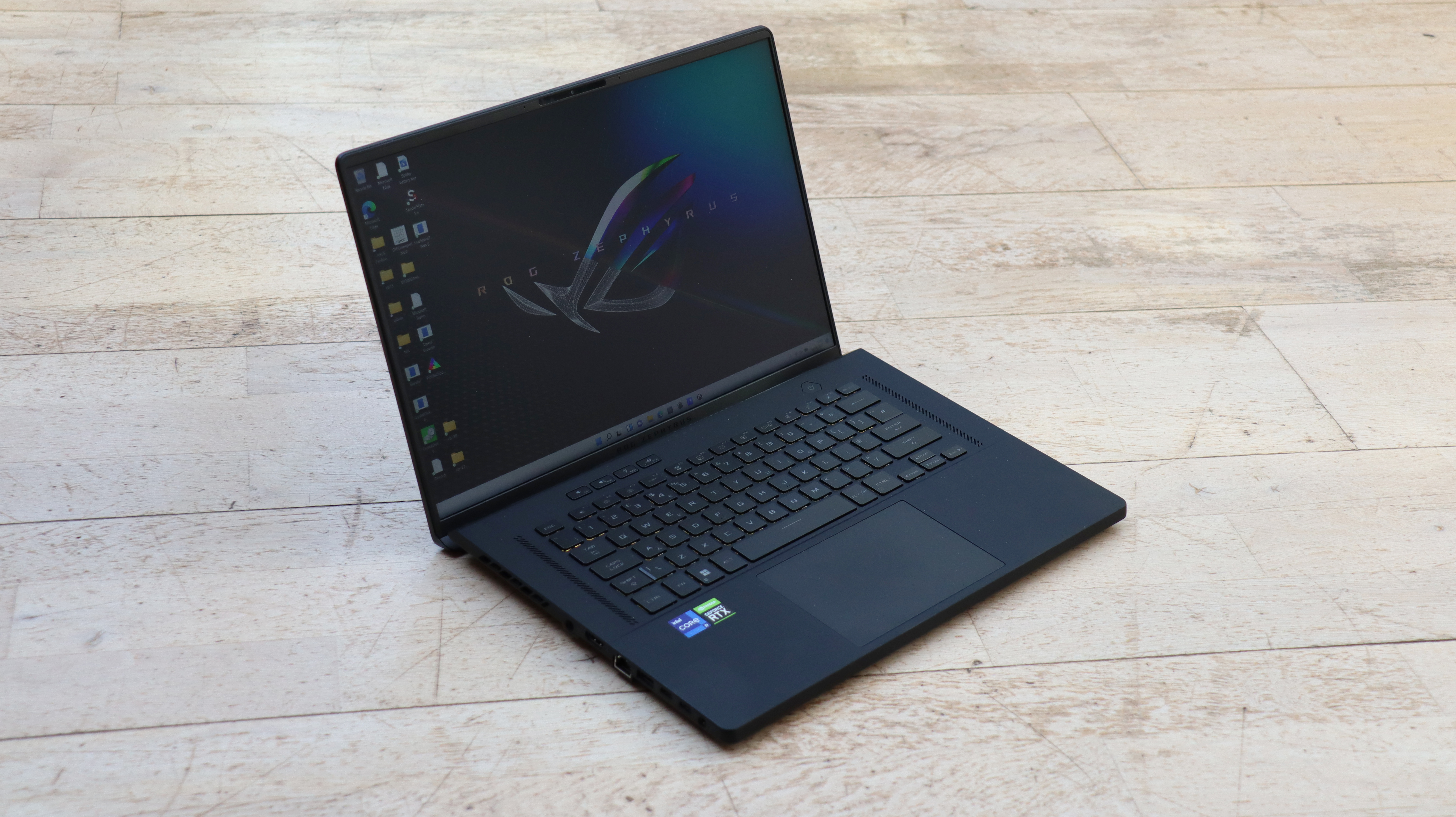
 Asus ROG Zephyrus M16 (2022) GU603Z review: Huge processing power you can carry with you
Asus ROG Zephyrus M16 (2022) GU603Z review: Huge processing power you can carry with youReviews The Zephyrus M16 combines a potent 14-core processor with capable graphics and features in a bag-friendly format
By James Morris
-
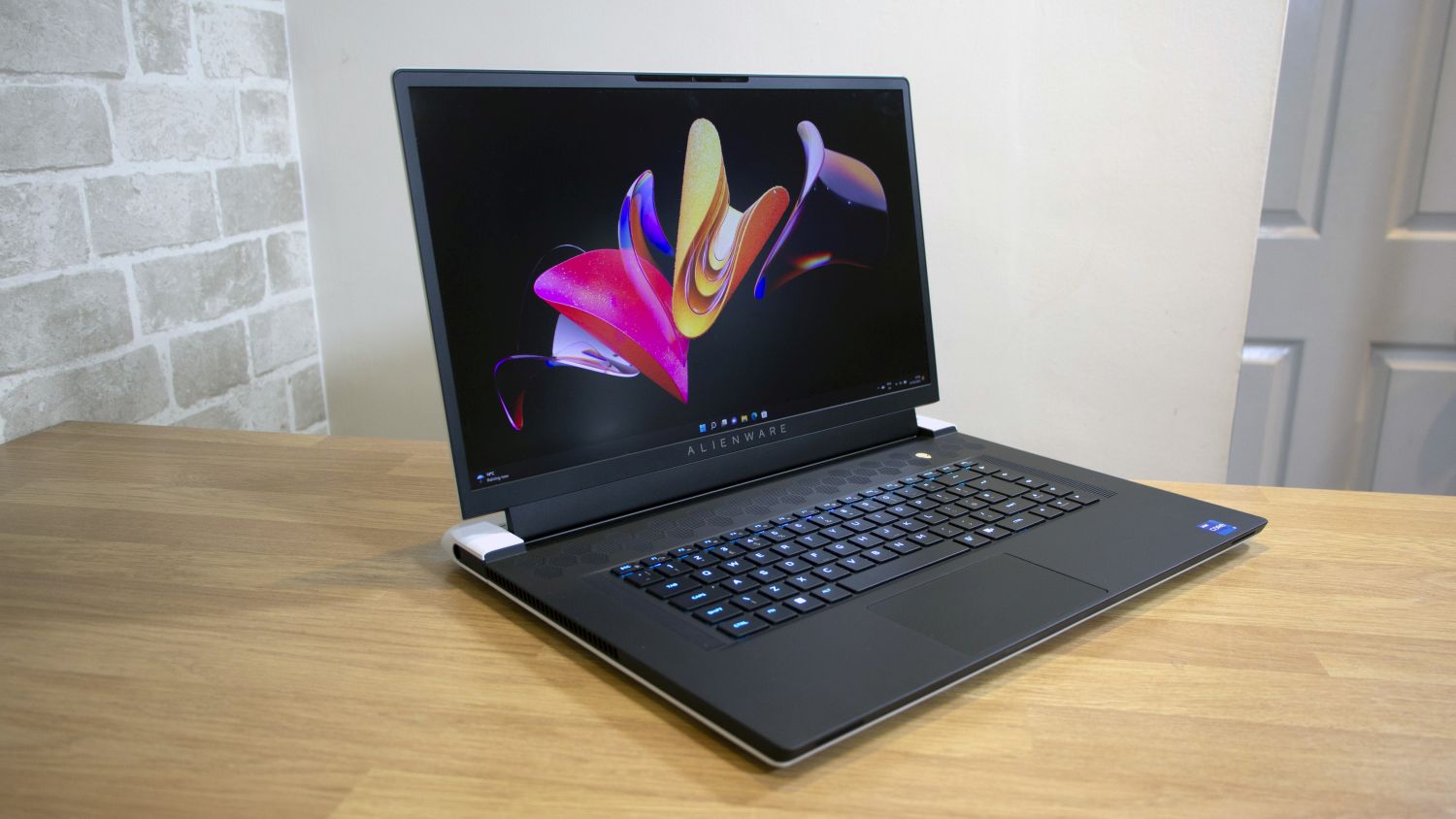
 Alienware x17 R2 review: A frighteningly fast content creation monster
Alienware x17 R2 review: A frighteningly fast content creation monsterReviews Colossal power and a rock-solid exterior make for an expensive portable powerhouse
By Mike Jennings